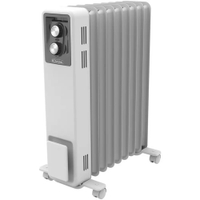How to use a dehumidifier in the winter – to save money and keep your air cleaner
Now is one of the best times of the year to wheel yours out
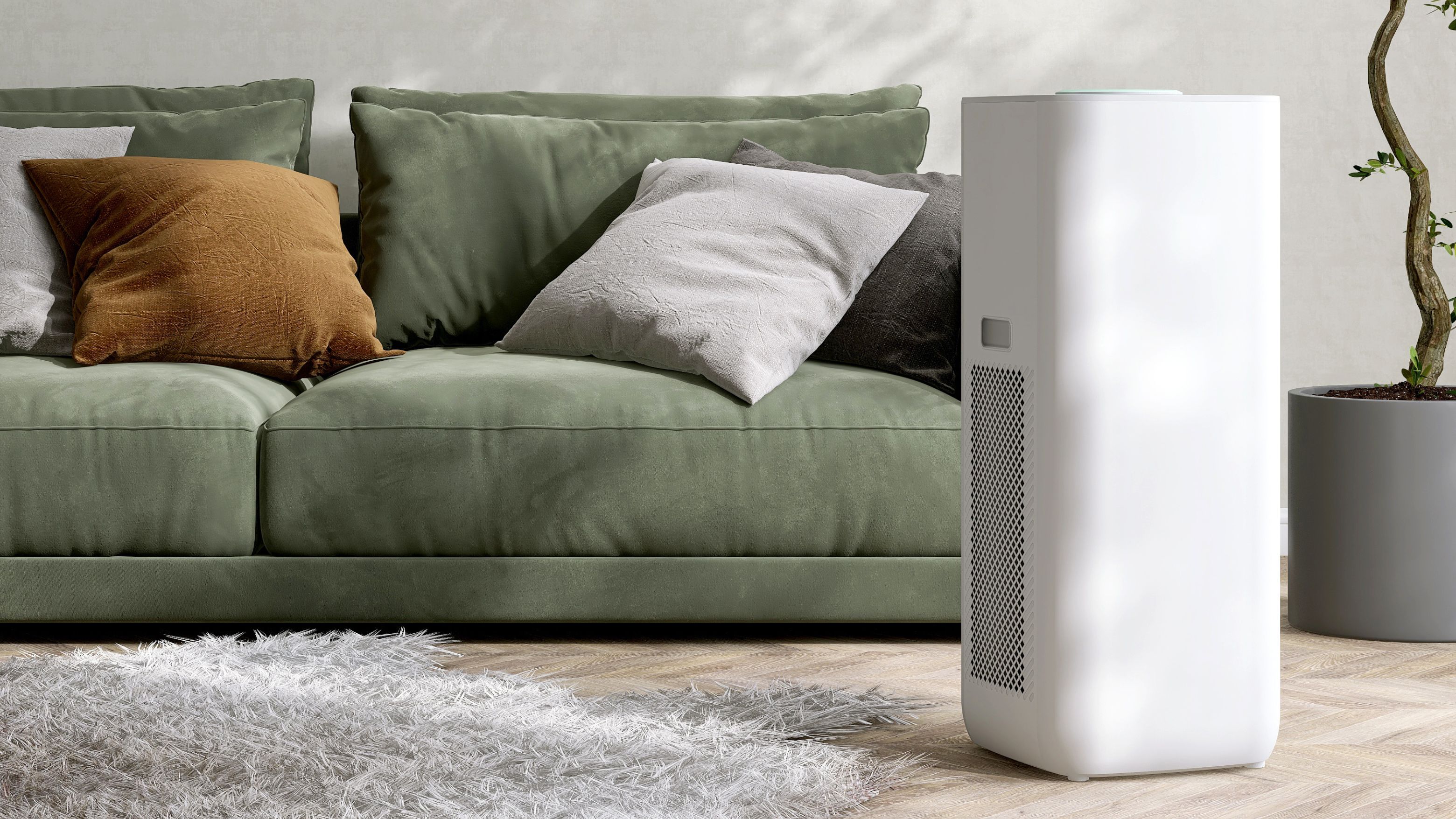

The colder seasons are here, so I've asked experts for their advice on how to use a dehumidifier in the winter. Here are their tips, tricks, and the common mistakes that people make.
As we close the doors on the (not so) Great British summer, you'll be sealing up your windows and drying clothes inside. All that trapped air in your home can end up leaving it feeling a little humid and smelling very stale. The best, most efficient way to handle this is with the help of one of the best dehumidifiers, but there are very specific ways that you should be using it over the winter.
I've spoken to dehumidifier manufacturers and HVAC experts to find out everything you need to know, from all of the classic dehumidifier mistakes that people make right through to how to stop the air from drying out your skin. Armed with expert advice, you can make sure that you're using your dehumidifier to save money, and improve the air quality in your home — and hey, you might even get your clothes drying quicker with your dehumidifier too.
Do I need a dehumidifier in the winter?
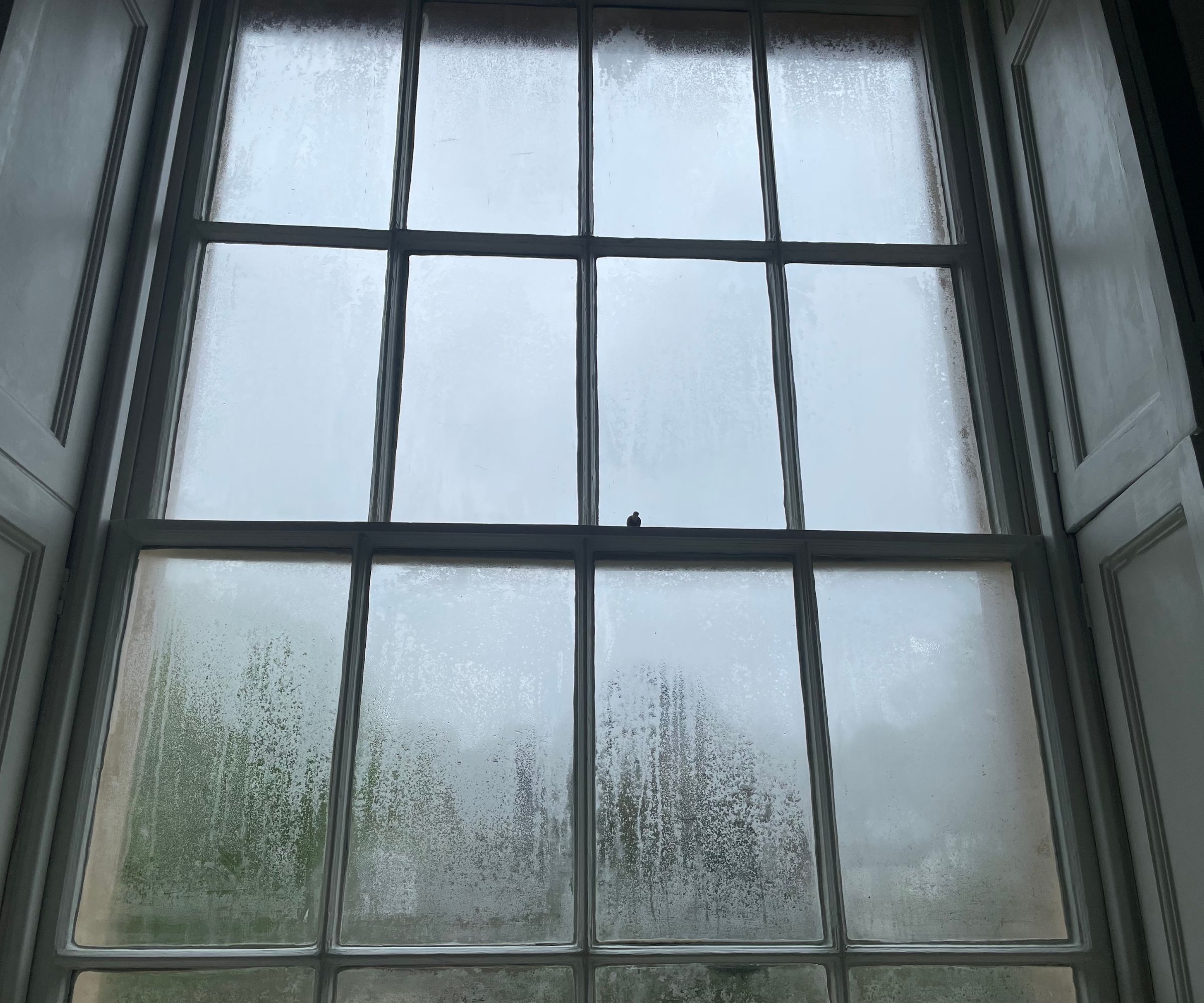
Before we get into how to use a dehumidifier in the winter, I'll first tackle the question of whether you should use one over the colder months. Lots of people don't think about using a dehumidifier in the winter, because we associate humidity with hotter, wetter weather. However, with rain outside and the windows and doors closed inside, your house can easily get damp and musty over the winter.
When I asked experts whether you need a dehumidifier in the winter, the unanimous answer was "yes", but everyone came up with tips and tricks for how to use a dehumidifier over the winter. After all, you don't want to dry out your skin and your home.
The reason that it's a good idea to use your dehumidifier in the winter is simple. When it's warm inside your home and cold outside, the temperature imbalance will cause a lot of condensation on your windows. With the help of a dehumidifier, you can skip the damp and condensation, helping to reduce the allergens and dampness in your home.
Kevin Goude, owner of First Choice HVAC says "The reason it's smart to use a dehumidifier over winter isn't just for keeping your air free of allergens. When you have high humidity levels, your heating systems will have to work harder to keep your home cosy, costing you more money."
Sign up for the woman&home newsletter
Sign up to our free daily email for the latest royal and entertainment news, interesting opinion, expert advice on styling and beauty trends, and no-nonsense guides to the health and wellness questions you want answered.
Our top picks for dehumidifiers in the winter
If you haven't bought a dehumidifier yet and you're scouting out the options, you're in great company. We've spent years testing dehumidifiers in all shapes and sizes to bring you a list of the best tried-and-tested dehumidifiers on the market, from the best dehumidifiers for bedrooms to the best dehumidifiers for bathrooms.
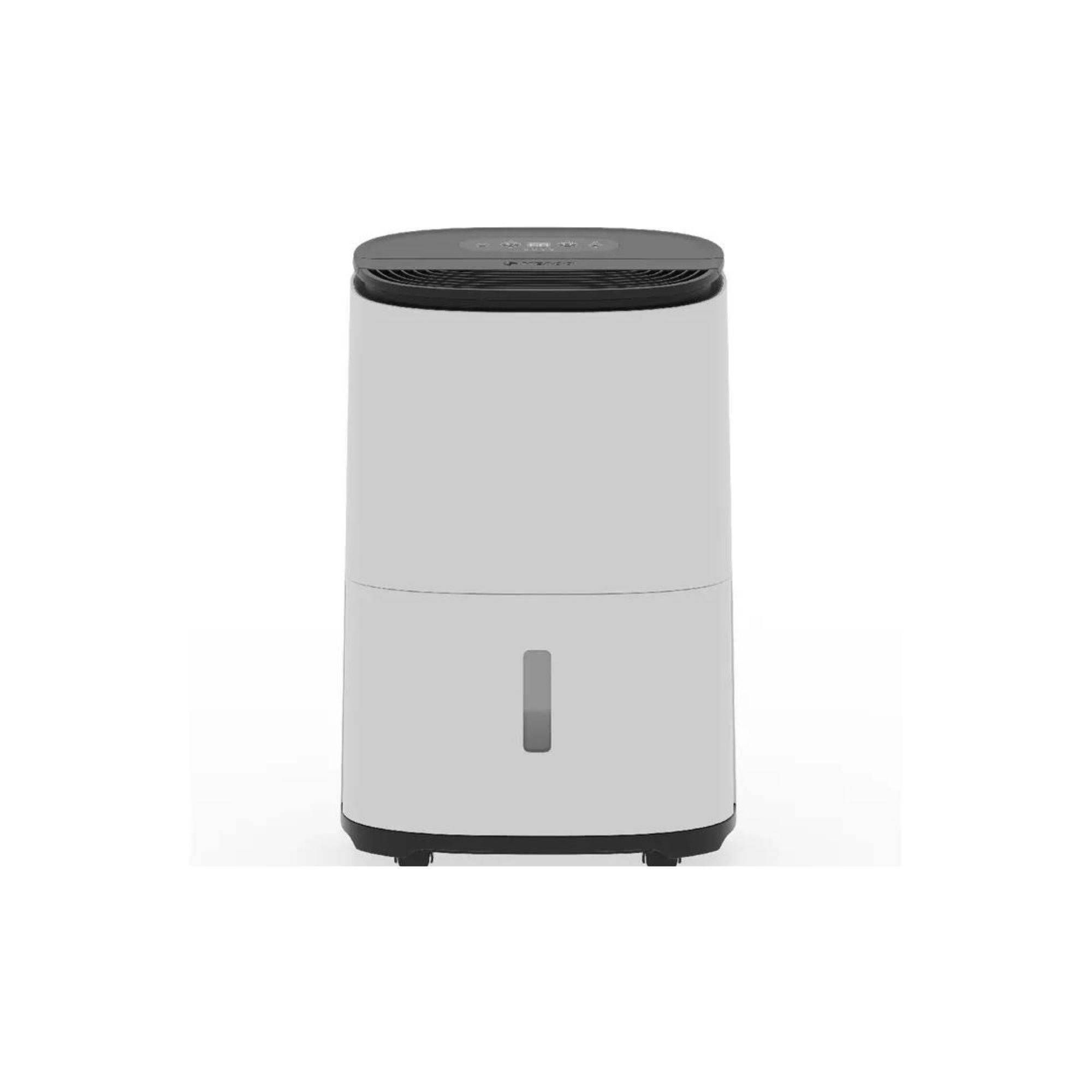
This is at the top of our buying guide for dehumidifiers for a plethora of reasons. It's beginner friendly, easy to use, and super powerful. You can use it in any (and every) room of your house.
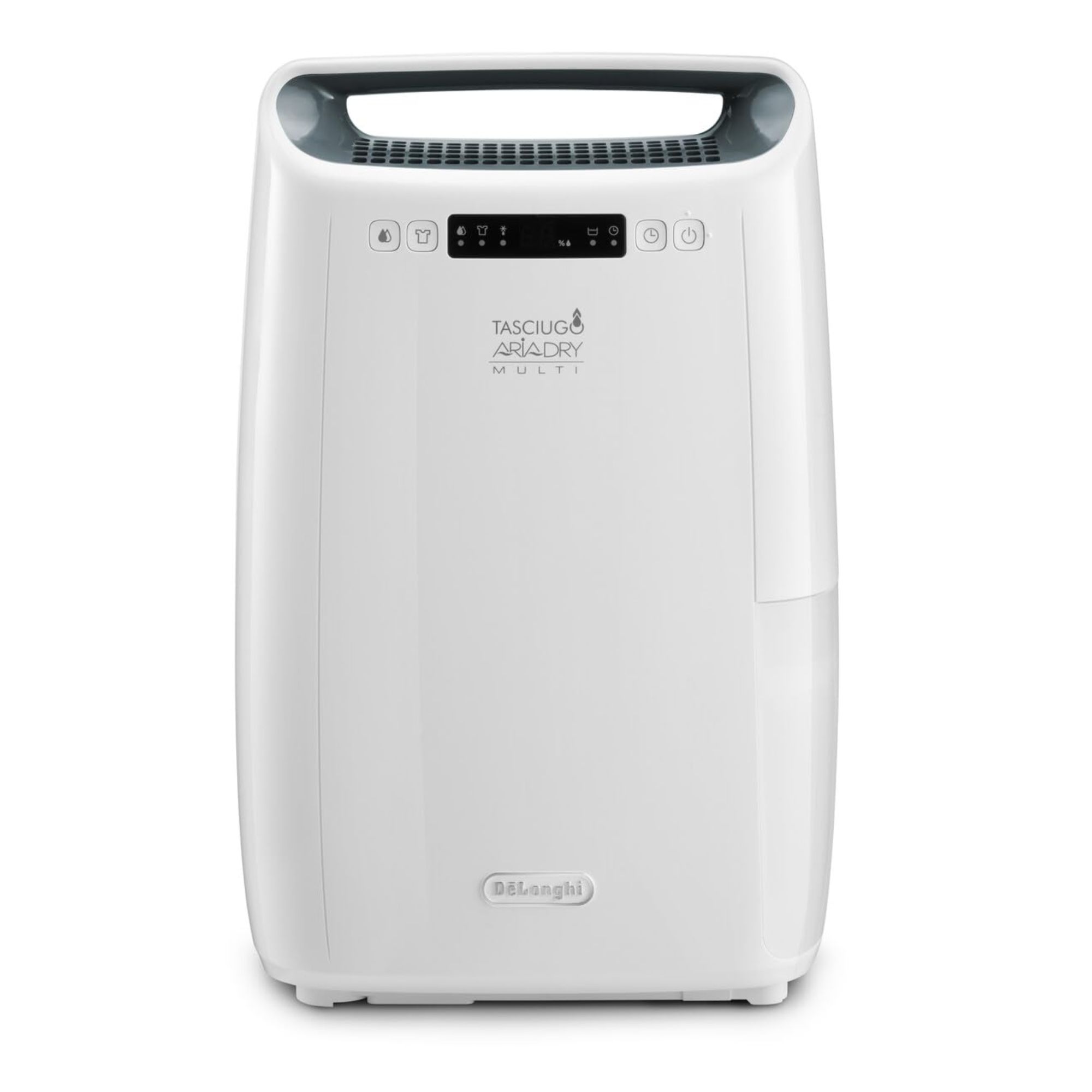
Lots of dehumidifiers can be noisy, so finding one that's quiet enough to let you sleep can be tough. Not only is the De'Longhi beautiful, it's whisper quiet too.
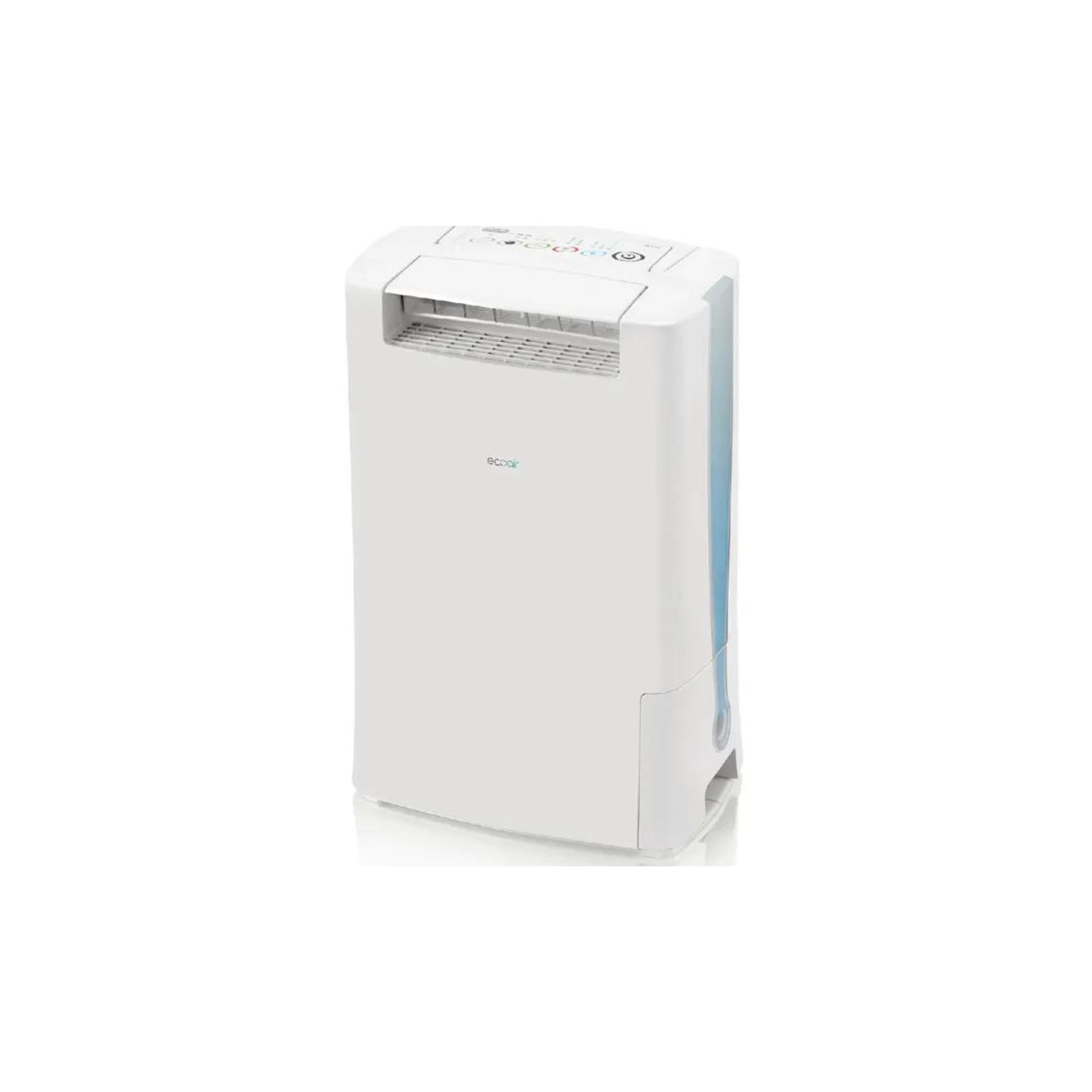
The best dehumidifiers are the ones that can help with household tasks too. This is a superhero when it comes to drying clothes, so if you want a dehumidifer for your laundry room, look here.
How to use a dehumidifier in the winter
The biggest factor to caution against is over-dehumidifying your home because if you take too much moisture out, you might spot wood buckling and cracking. There's a fine balance to strike. With that pressing question out of the way, we can get into how to use a dehumidifier over the winter.
Keep your room at a stable temperature
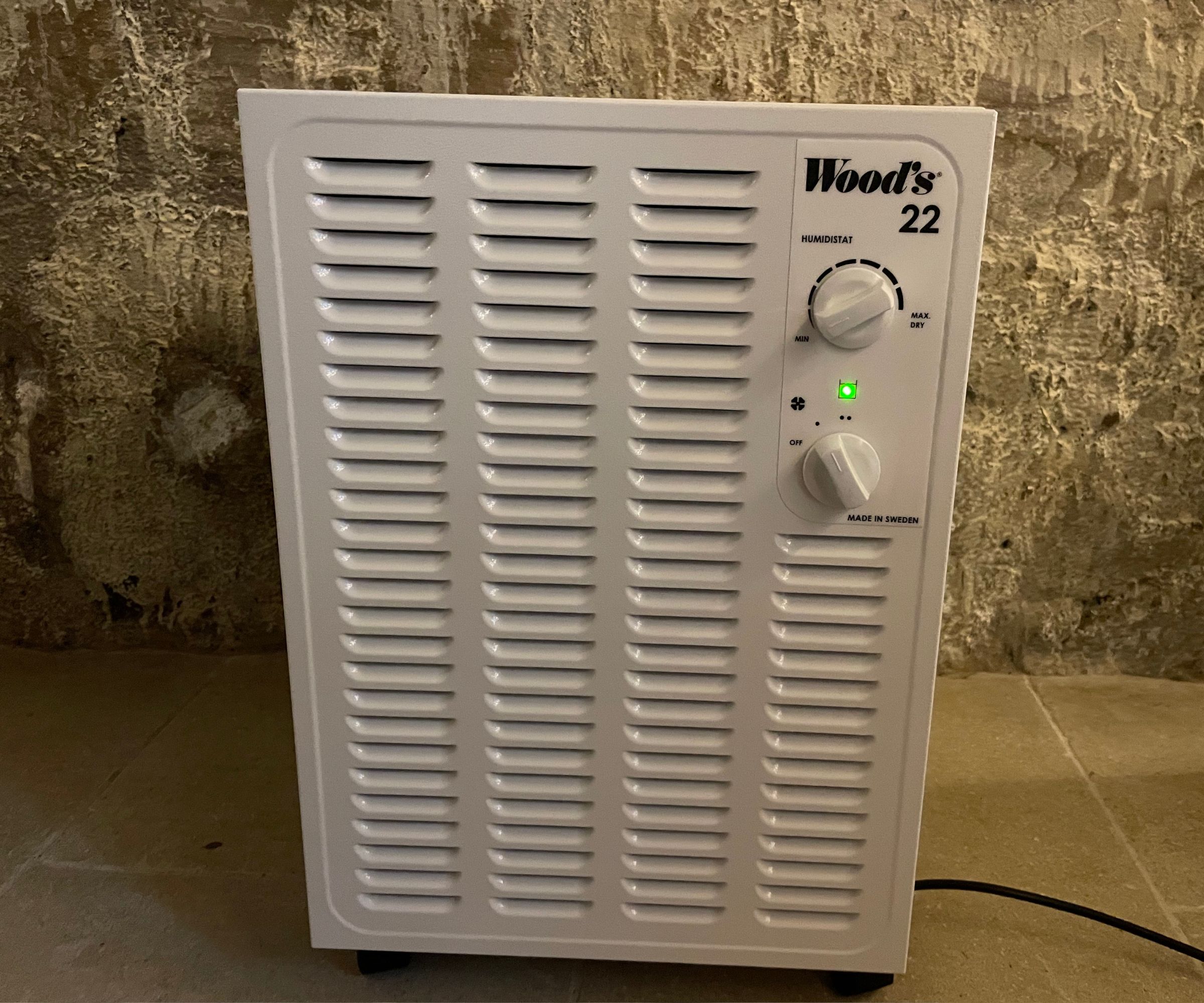
I heard this time and time again from the experts, but Alex Litcan, Category Manager at De’Longhi, specifically asked me to put this as my first tip for how to use a dehumidifier in the winter.
"Too many people assume that a dehumidifier can be used with no heating in a room," he says, "the problem with this is that the temperature will fluctuate a lot and so the dehumidifier will struggle to condense and draw moisture out of the air effectively."
In an ideal world, Alex says that your room should be kept at 17 degrees Celsius or more. He recommends "running your heating with the dehumidifier if the temperature in your room is going to drop below 17 degrees. Alternatively, you could put the dehumidifier in other areas of the house that surpass these temperature fluctuations."
Run a heater in the room too
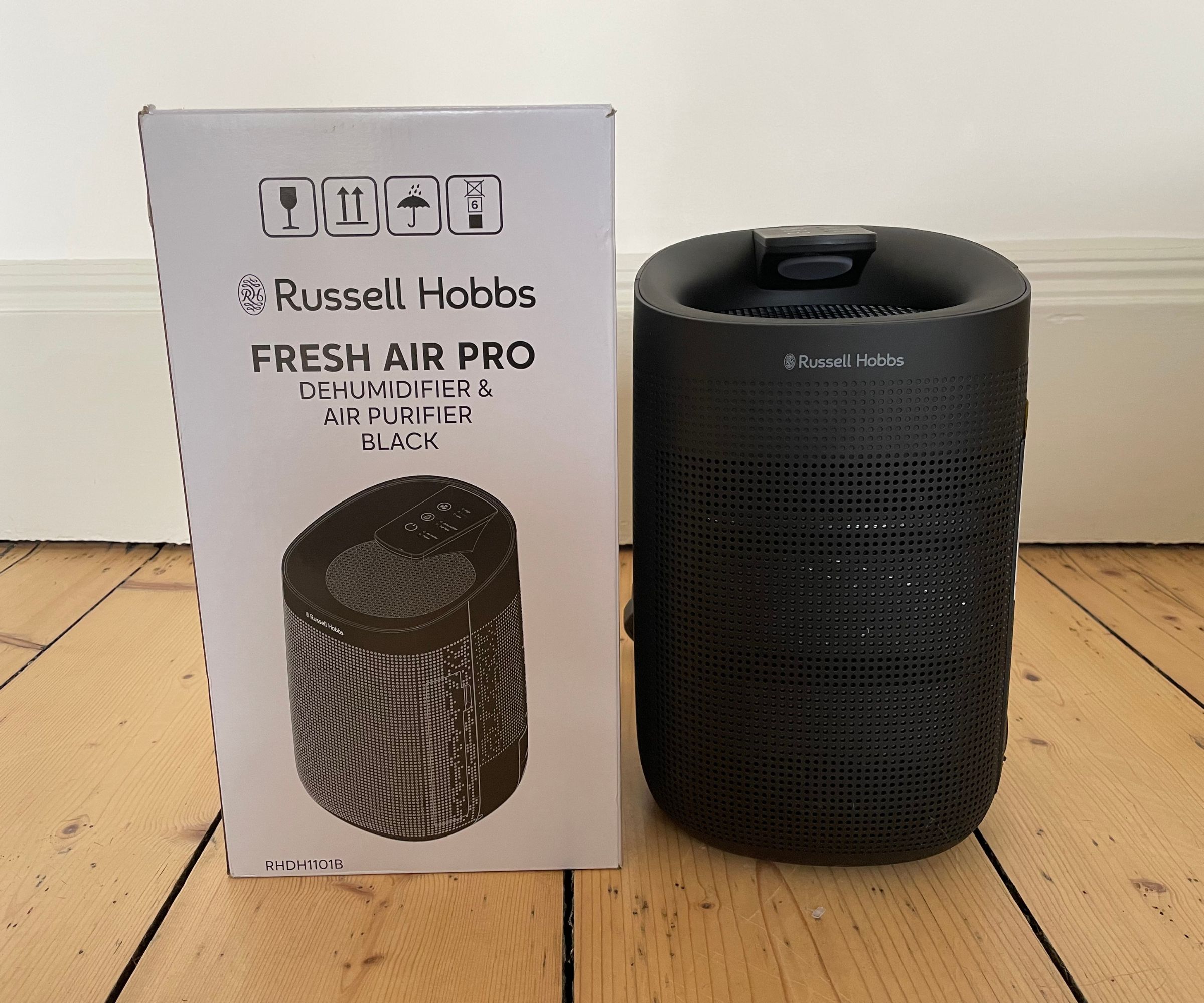
If you shiver at the idea of putting your heating on (gas prices don't seem to be going down, do they?), don't worry. Mark Duckworth, the Product Manager at Russell Hobbs recommends an alternative way to optimise the temperature of your room for dehumidifying.
He says "If your home is running cold, you might want to invest in a space heater too. Running one of these for a few hours each day will help to regulate the temperature in the room, making it easier to control the humidity."
Mark was keen to emphasise that most dehumidifiers, and all Russell Hobbs models, are built with frost protection, so colder temperatures shouldn't be stressing you too much. However, his tip for using a space heater can put you a few steps closer to clearing the air quicker in your room, because the heat will help to lift some of the dampness away more naturally.
Dimplex 2kW Rapid Eco Oil Free Radiator: £100 at Argos
For precisely this reason, I bought this space heater last year. It's on wheels and it's super small but it pumps out heat like nobody's business. It's not just me: there are over 500 five-star reviews on the Argos site for this little powerhouse. I'd recommend getting one of these, even if you don't struggle with your room's humidity.
Put it in the perfect spot (near the source of moisture)
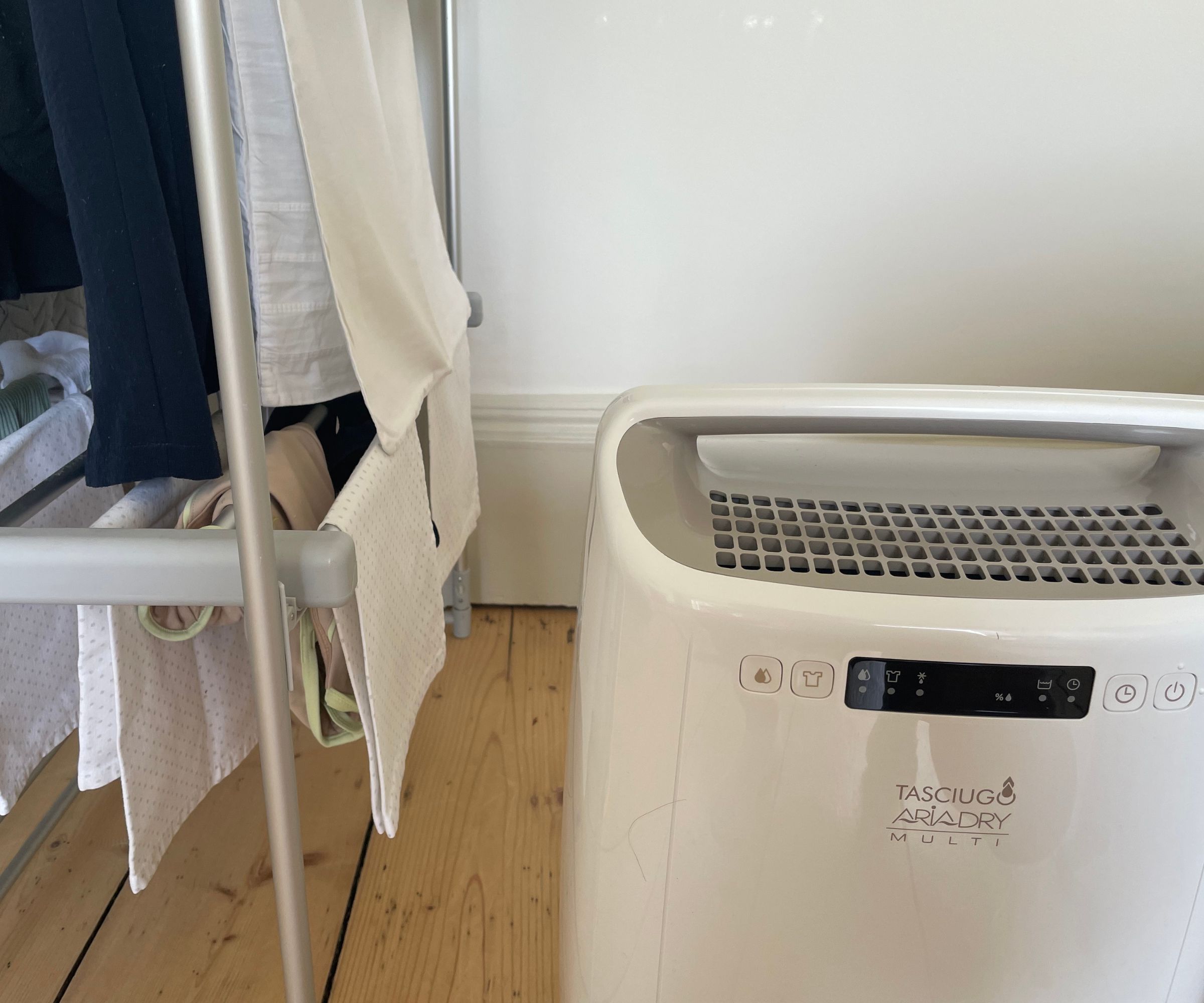
Knowing the best place to put a dehumidifier is key, placing it in the wrong place is one of the most common dehumidifier mistakes I see people make.
Marc Duckworth, Product Manager at Russell Hobbs, says "In any instance, positioning your dehumidifier can make all the difference to the results that you see in the winter. Put it as close to the source of moisture in your home as possible, because this will allow for maximum absorption. You should also make sure to put your dehumidifier somewhere central, like a hallway or a landing. The more airflow you can get around your dehumidifier, the better."
If you're a numbers person, this looks like at least 50cm at the front of the dehumidifier so that the air outlet is clear as well as 5-10 cm at the back of the appliance too.
Don't keep it running all of the time
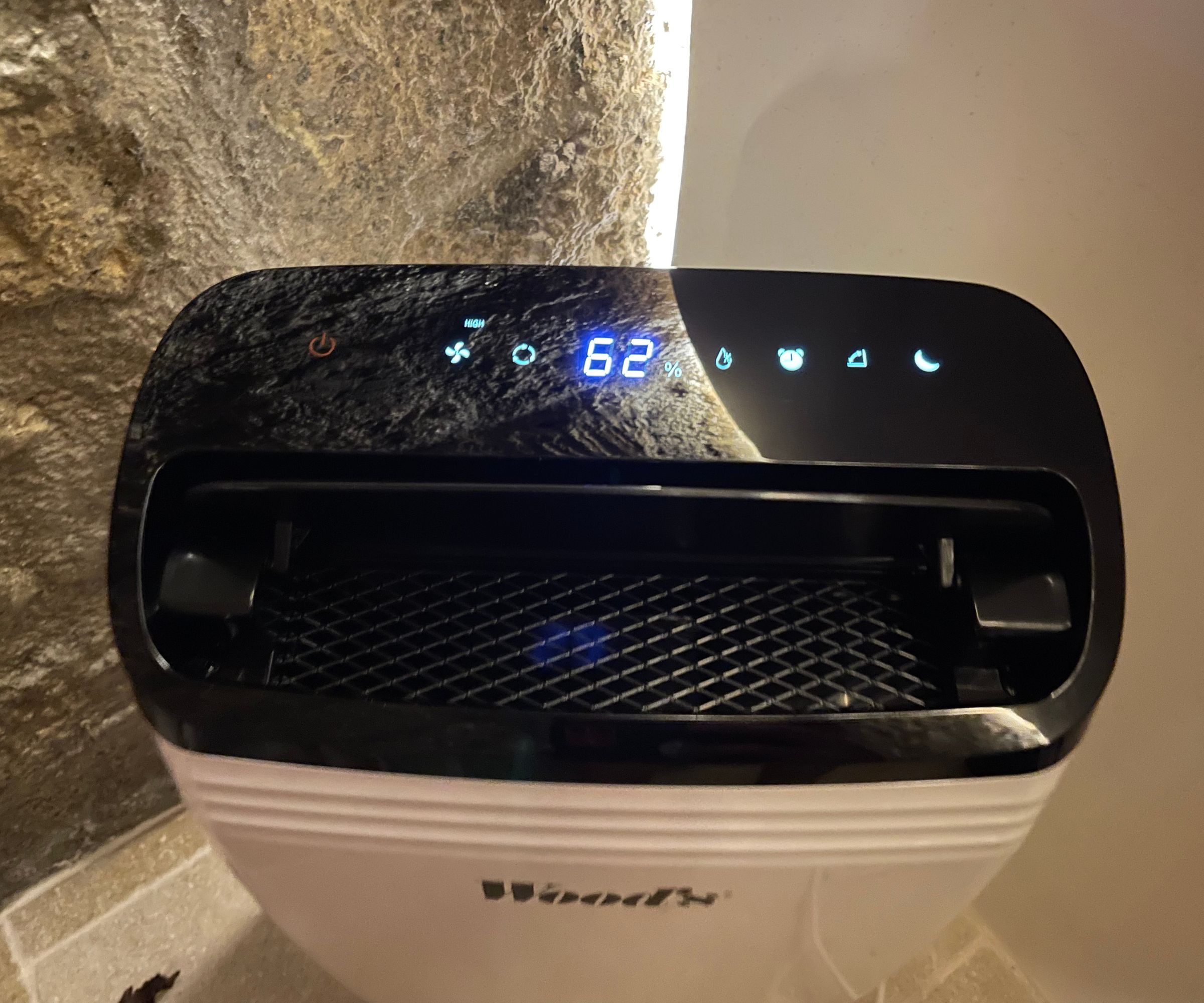
One of the questions that I get asked the most is how long a dehumidifier should be left running for. Marc Duckworth, the Product Manager at Philips, says, "humidity levels can be on the rise in the winter. You'll often see this as condensation on the windows, which generally shows you that the humidity levels in your room are over 50%."
"You'll want to leave your dehumidifier running all of the time (if it automatically shuts off when the target humidity is reached)." The best dehumidifiers will have this feature integrated, but if yours doesn't, keep an eye on the levels of humidity in your room. Anything under 40% will feel dry and uncomfortable.
FAQs
Should I use a dehumidifier in the winter?
The winter is one of the most critical times to use a dehumidifier in your home. The windows will be closed, you're drying clothes inside, and so, naturally, the air inside your home ends up feeling a little damp and stale. I'd recommend that everyone use a dehumidifier in the winter, especially because a dehumidifier is good for drying clothes.
Is it more expensive to buy a dehumidifier in the winter?
The summer is the best time to pick up a big dehumidifier deal, because that's when the demand is lowest. However, this is the season of Amazon Prime Day and Black Friday, so there are plenty of opportunities to pick up a dehumidifier deal.
What is the best setting for a dehumidifier in the winter?
In an ideal world, you'll get your room's humidity to 40% in the winter. Experts recommend settings yours to achieve this and (hopefully) they'll automatically shut-off once this is reached. If not, keep a careful eye on your dehumidifier, because you don't want to take all of the moisture out of your room.
So, if you find yourself wondering 'do I need a dehumidifier in the winter?' the answer is a firm, yes. It's a time of year when we spend a lot of time inside, so plenty of people try to save money and avoid buying extra appliances for their homes. However, the super savvy shoppers will know that the best way to save money in winter is by running a dehumidifier in your home.

Laura is woman&home's eCommerce editor, in charge of testing, reviewing and creating buying guides for the Homes section, so you'll usually see her testing everything from the best dehumidifiers to sizing up the latest Le Cruset pot. Previously, she was eCommerce editor at Homes & Gardens magazine, where she specialised in covering coffee and product content, looking for pieces tailored for timelessness. The secret to her heart is both simplicity and quality. She is also a qualified Master Perfumer and holds an English degree from Oxford University. Her first editorial job was as Fashion writer for The White Company.
-
 All the lessons we've learned from Professor Tim Spector on optimising your health and wellbeing
All the lessons we've learned from Professor Tim Spector on optimising your health and wellbeingIf anyone's qualified to give us lessons on how to eat better, it's Professor Tim Spector - and these are his best lessons
By Grace Walsh Published
-
 How to charm your in-laws: the ultimate guide to keeping the peace
How to charm your in-laws: the ultimate guide to keeping the peaceDiscover how to strengthen your in-law relationships, one thoughtful gesture at a time
By Natalie Denton Published
